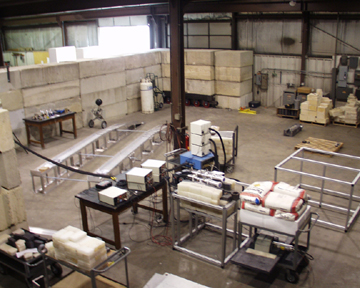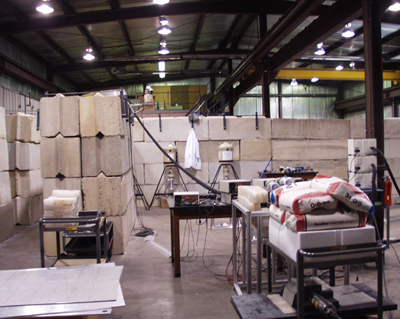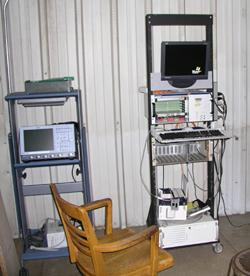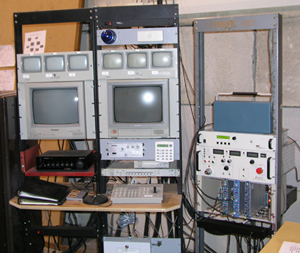|
|
|
OriginPurdue University's Strategic Plan
proposes a new vision of how a university should view itself and how its
expertise should be organized to better solve the world's most
interesting and pressing problems. This vision pose a strong challenge
for concerned faculty to devise new and innovative plans to realize this
vision. To implement this courageous plan, Physics, the cornerstone that
has traditionally defined the essence of new scientific disciplines,
needs to develop focus on applied physics. The Applied Physics
Laboratory approach creates incentives that encourage those faculty
members with interdisciplinary and multidisciplinary research interests
to participate in new and innovative educational and research
activities. |
|
|
|
|
MissionThe great changes taking place worldwide since the end of the cold war require every department to re-evaluate its traditional roles in society. As scientists, we must acquire a heightened sensitivity to the needs of society, our nation and the global community. This requires us to move ideas formed in the research laboratory towards solutions of real world problems. The Applied Physics Laboratory forms an important and necessary link in this cycle and works directly to accomplish these goals, completing the cycle from laboratory ideas to improved products for society. The laboratory will serve Purdue University with facilities and leadership that transcend traditional academic boundaries, foster an innovative interdisciplinary environment for learning, discovery and engagement that will lead to intellectual excitement, scientific achievement, and new economic growth opportunities within the state. |
|
|
|
|
VisionThe goals of the Laboratory are to
function as an interface or link between the latest research ideas
developed at research laboratories within a major research institution
(Purdue University) and totally new product/process developments. The
Laboratory will facilitate the advanced manufacturing of highly
technical products that are not incremental and would not occur in a
commercial setting without seminal input from an Applied Physics
Laboratory. Undergraduate ResearchThose undergraduates that join the work
at APL receive a world-renowned science education with a liberal arts
mixture that emphasizes the importance of communication skills and an
awareness of the social, political, and economic ramifications of
science and technology. It is not enough to be technical in our modern
society, students must be aware of the great issues facing our world and
develop a deep understanding of the limits of technology, lest we waste
society's resources in a search for impractical technical solutions that
do not exist. This is a combination of science and the arts produces
graduates who are realistic, with a broad outlook, and are technically
able and prepared to apply their knowledge solving the exciting problems
that face our global community. APL science graduates are role models
for education in the coming century; APL also creates and promotes
learning opportunities that educate and train postdoctoral fellows,
graduate and undergraduate students in the new paradigm of integrated
cross-disciplinary approaches and technologies. |
|
|
|
|
Applied Nuclear and Particle PhysicsNuclear and particle physics have been exciting fields of discovery during the past century. They have given us insight into the working of the Sun and the birth of the universe. The tools and techniques that have been developed and the deep knowledge of physical processes these fields have produced are useful in a host of applications. We believe that problems such as humanitarian land mine detection, detection of hazardous waste materials, medical imagining, and diagnosis and new detector development are areas ripe for investigation and possible commercialization. |
|
|
|
|
|
Copyright © 2005 Purdue University
Applied Physics Laboratory. All rights reserved. |
|





